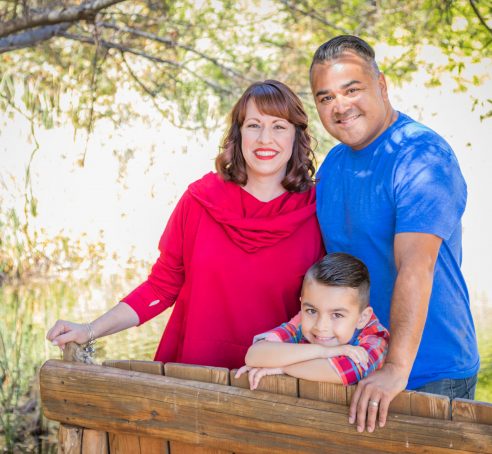- Home
- About Us
- Meet Our Team
- Patient Forms
- Hearing Evaluations And Testing
- Hearing Aid Fitting and Repair
- Custom Earmolds And Ear Plugs
- Tinnitus Management
- Types Of Hearing Aids
- Hearing Aids We Carry
- Caring For Your Hearing Aids
- Types of Hearing Loss
- How The Ear Works
- Dizziness and Balance
- Your Balance System
- Vestibular Rehabilitation
- Balance Testing
- Aftercare
- Blog
- Contact us
About Us
Hearing
Dizziness and Balance
The journey to better hearing begins with a hearing evaluation. A complete understanding of the nature of your hearing will uncover the best solutions if hearing loss is present.
At Area Hearing and Speech Clinic we evaluate your hearing with a thorough and straightforward process. Through a combination of state-of-the-art hearing tests and a thorough interview, we are experts at identifying the best solutions for your unique needs. Understanding your concerns and expectations for improved hearing is our highest priority.
Before Your First Appointment
Your first appointment with us is an important opportunity for us to get to know your needs, concerns, and hopes. Prior to seeing one of our specialists, you’ll be asked to complete a new patient intake form. On it, we’ll ask you to recall any injuries, trauma, or exposure to loud noises in your history. We’ll also ask for an overview of your medical history, including any medications you may be currently taking.
You’re more than welcome to bring in a loved one to your hearing evaluation with you. Hearing loss affects more than just the patient, and we’re happy to answer any questions that you or your family may have. Having support from a friend, partner, or family member can also be helpful as you choose the best treatment option for your needs.



Hearing Consultation: Reviewing Your Needs
We begin your hearing evaluation by getting to know you and your concerns. Together, we’ll review your information and discuss the challenges you’re experiencing. Understanding your history, current symptoms, and unique hearing needs for your lifestyle helps us determine the cause of, and solution for, any hearing issues we may uncover.
During the Hearing Evaluation
Your complete hearing evaluation will take between 30-60 minutes. We begin it by examining your ears to check for any physical obstructions or abnormalities. This is a brief and painless look into your ear canal to make sure everything is clear and healthy. Checking your ears is an important step since something as simple as cerumen (earwax) build-up could block sounds from entering the ear, causing temporary hearing loss.
Hearing Testing
Next comes a complete hearing test—designed to evaluate the thresholds (the volume and frequency limits) of sound that you’re able to hear. You’ll be asked to wear a pair of specialized headphones and indicate when you can clearly hear the various sounds emitted. These tests reveal the extent, type, and details of your unique hearing loss, if any is present at all. Since there are different types and degrees of hearing loss, each needs to be treated in a specific way.
The hearing evaluation may include any of the following tests:
- Air conduction testing
- Bone conduction testing
- Speech testing
- Distortion product otoacoustic emissions (DPOAE) testing
- Auditory brainstem response (ABR) testing
- Tympanometry or acoustic immittance testing
Reviewing Your Results
Once we’ve completed your hearing test, we’ll review our findings together. Your hearing test results come in the form of an audiogram, which is a chart that converts your hearing loss into measurable frequencies and volumes (called decibels). Audiograms enable us to see the type, pattern, and degree of your hearing loss. In addition, you will also see a percentage of how much normal conversational speech you can currently hear.
If our hearing evaluation detects a hearing loss, rest assured that there are many treatment options available these days. And none of them are clunky or outdated. We have a full line of state-of-the art hearing aid models available for every situation and every budget. We’ll walk you through all of them and answer any questions you have. Our goal is to give you information about all of your options, and we respect your priorities when it comes to which hearing aid might meet your needs best.
After Your Visit
It can take anywhere from a few days to a few weeks to fully adjust to your new hearing aids, depending on how often you wear them at first. During this acclimation phase, we recommend taking a gradual approach and wearing your hearing aids for increasing periods of time each day.
At Area Hearing and Speech Clinic we have an open-door policy with all of our patients and encourage you to contact us with any questions or concerns at any point after you begin wearing your hearing aids. We’ll also schedule follow-up fitting appointments with you during your acclimation phase to make small adjustments and ensure your instruments are performing their absolute best.
Call us today to make an appointment
CALL US NOW

